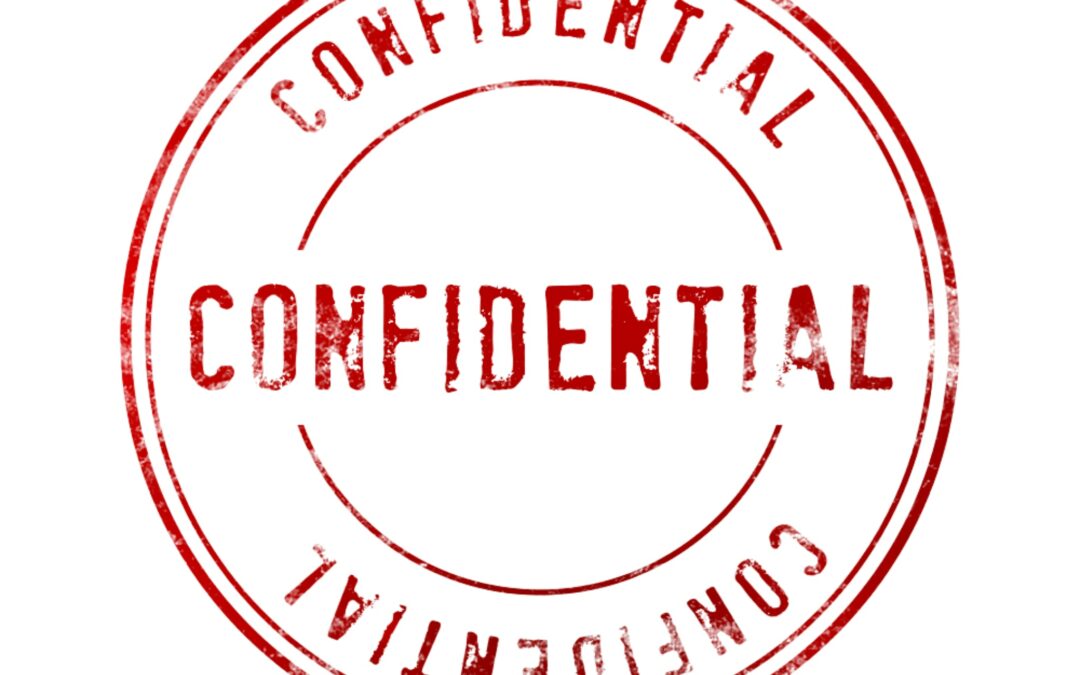Navigating Non-Disclosure Agreements (NDAs) in business is essential to protecting sensitive information and maintaining trust between the parties involved. This article is a practical guide to help you understand and manage NDAs effectively:
1. Understand the Basics:
An NDA is a legal contract outlining confidential material, knowledge, or information that the parties wish to share with each other and restrict access to by third parties. It is usually executed between a disclosing Party (the one sharing information) and a receiving Party (the one receiving information).
2. Identify the Need for an NDA:
An NDA is needed whenever sensitive information is shared or about to be, especially during partnerships, collaborations, or business relationships.
An NDA is also needed when discussing proprietary technology, business strategies, financial data, or trade secrets.
3. Drafting the NDA:
When drafting an NDA, it is important to
- Use clear and concise language to define what constitutes confidential information.
- Specify the time period for which the agreement is valid. NDAs often have a time limit (e.g., 2-5 years).
- Clearly outline the obligations of the Receiving Party regarding confidentiality and non-disclosure.
- Specify what information is not confidential.
- Clearly state the consequences of breaching the NDA, including legal actions and damages.
4. Consult Legal Counsel:
It’s advisable to have a lawyer experienced in business contracts review and, if necessary, draft the NDA to ensure it’s legally binding and protects your interests.
5. Marking and Sharing Confidential Information:
Clearly mark all confidential documents and information as “Confidential” before sharing and Limit access to confidential materials within the Receiving Party’s organization, only to employees who need the information.
6. Negotiation and Revision:
Be prepared to negotiate terms, especially if the other party has concerns. Find a middle ground that protects both parties’ interests.
7. Record Keeping:
Keep records of all signed NDAs and the information exchanged under them and document any instances where confidential information is shared or received.
Read also; The scope of the duty of confidentiality at the workplace
8. Employee Training:
Educate employees about the importance of NDAs and the proper handling of confidential information and ensure departing employees understand their ongoing obligations concerning confidentiality.
9. Regular Review:
It is important to also regularly review and update NDAs, especially if there are changes in the nature of the shared information or the parties involved.
10. Dispute Resolution:
Specify how disputes related to the NDA will be resolved, whether through arbitration, mediation, or litigation.
11. International Considerations:
Be aware of international laws and regulations if dealing with parties from different countries. Laws regarding NDAs can vary significantly.
12. Post-Termination Obligations:
Ensure that you clearly outline what happens to confidential information after the termination of the agreement. Typically, it should be returned or destroyed.
13. Due Diligence:
Before sharing sensitive information, conduct due diligence on the Receiving Party to ensure they are trustworthy and have a history of honoring confidentiality agreements.
14. Stay Informed:
Stay updated with legal developments related to NDAs in your jurisdiction.
Navigating NDAs requires attention to detail, legal understanding, and a proactive approach to protecting your business’s confidential information. Always consult legal professionals to ensure your NDAs are comprehensive and enforceable.
16. Industry Standards:
Ensure that the NDA is compliant with the specific industry standard. Some industries have specific standards for NDAs. For example, technology, legal and healthcare sectors often have unique confidentiality requirements due to the sensitive nature of their information.
17. Non-Solicitation Clause:
Consider including a non-solicitation clause preventing the Receiving Party from poaching employees or clients of the Disclosing Party.
18. Exclusivity Clause:
In some cases, the Disclosing Party might want to include an exclusivity clause, preventing the Receiving Party from seeking similar arrangements with competitors.
19. Patent and Intellectual Property Issues:
If the confidential information involves intellectual property, consider addressing patent rights and how inventions derived from the shared information will be handled.
20. Consequences of Non-Compliance:
Clearly outline the penalties for non-compliance, which may include financial damages, legal costs, and injunctive relief (court orders to cease certain actions).
CONCLUSION
In conclusion, navigating Non-Disclosure Agreements (NDAs) in business demands careful attention to detail, clear communication, and legal expertise. NDAs are vital tools for protecting sensitive information, fostering trust between parties, and ensuring the integrity of business relationships. To effectively manage NDAs:
- Understand the Basics: Grasp the fundamental elements of NDAs, including the parties involved and the confidential information being protected.
- Draft Carefully: Create well-defined, clear, and comprehensive NDAs with the help of legal counsel, covering specifics such as obligations, exclusions, consequences of breach, and dispute resolution.
- Mark and Protect Information: Clearly label confidential information, limit access, and educate employees about handling sensitive data.
- Regularly Review and Update: Keep NDAs current, reflecting changes in business relationships, shared information, and legal requirements.
- Stay Informed: Be aware of international laws, industry standards, and legal developments related to NDAs.
By following these guidelines, businesses can establish robust NDAs, safeguard their confidential information, and maintain the trust and integrity crucial for successful partnerships and collaborations.
Written by Olawunmi Ojo for The Trusted Advisors
Email us: [email protected]

